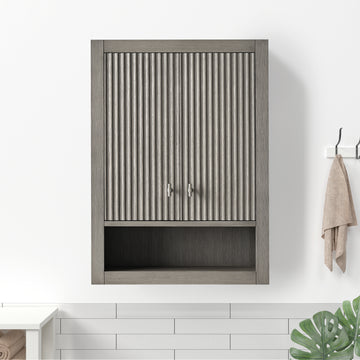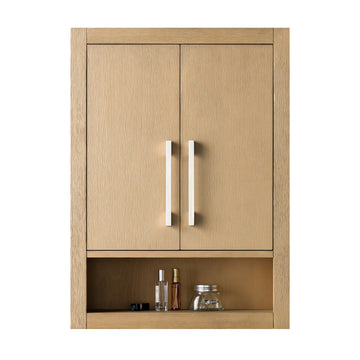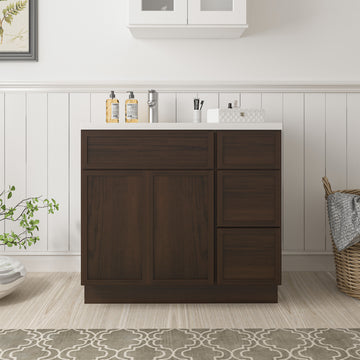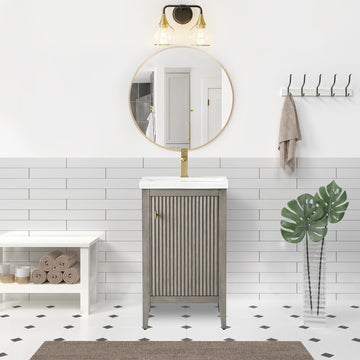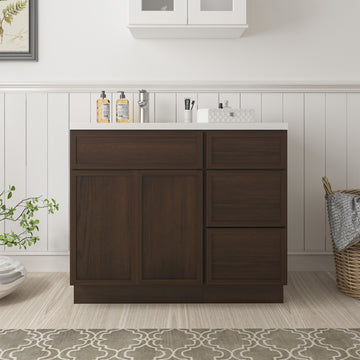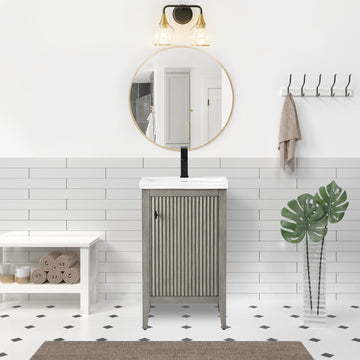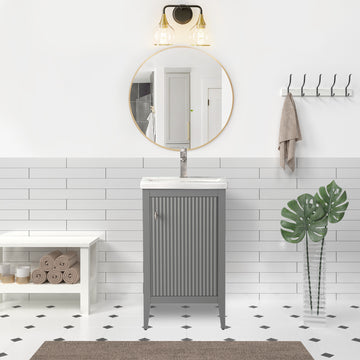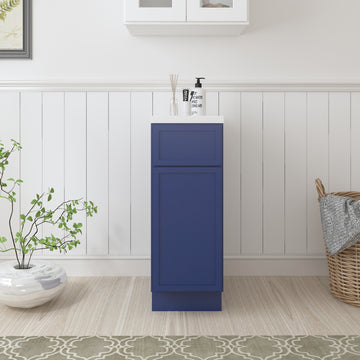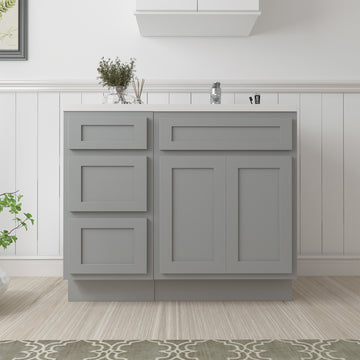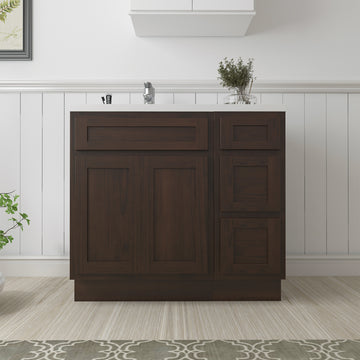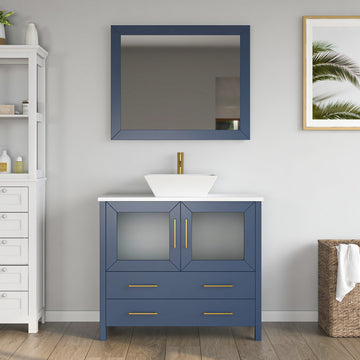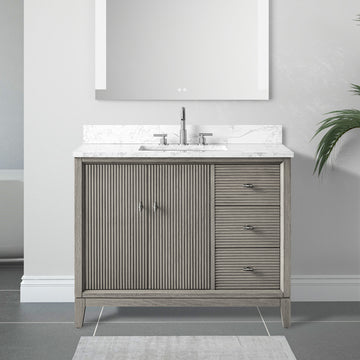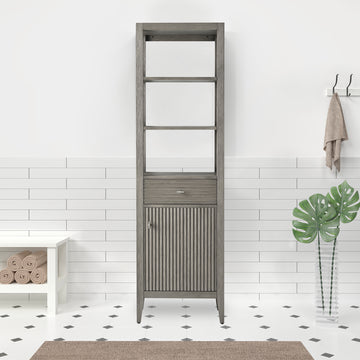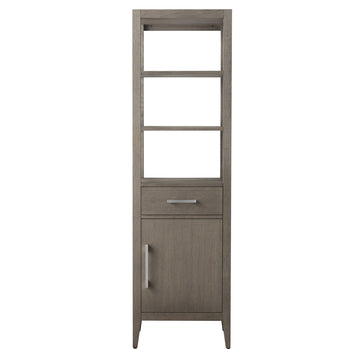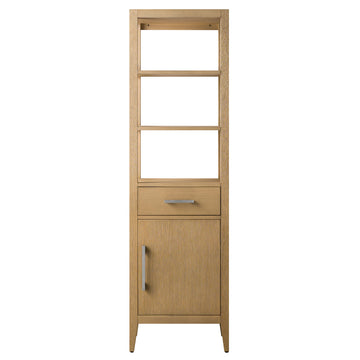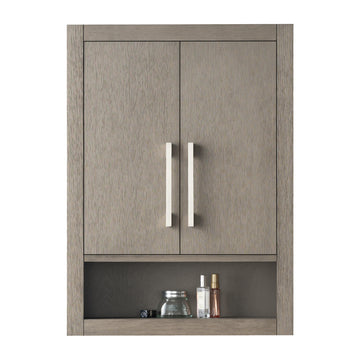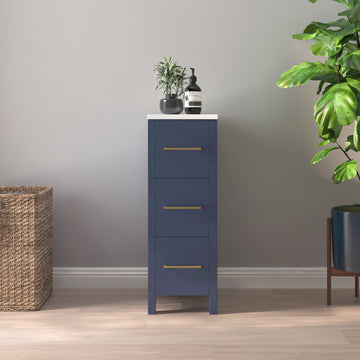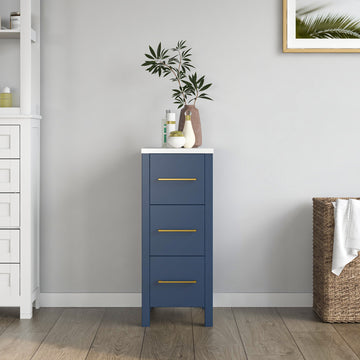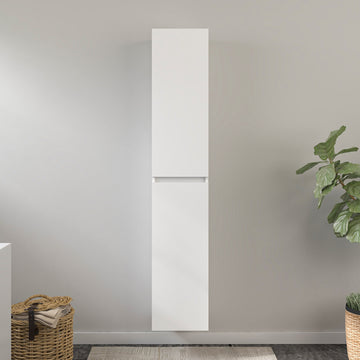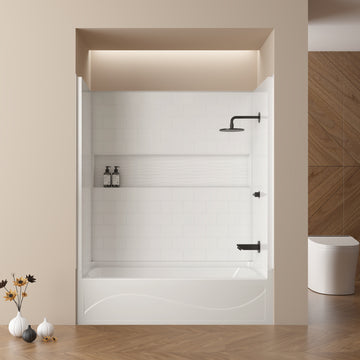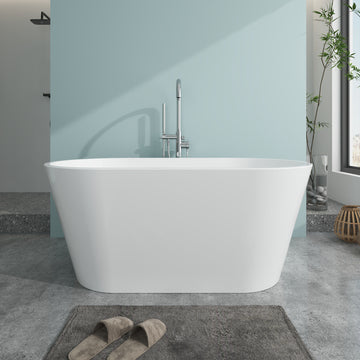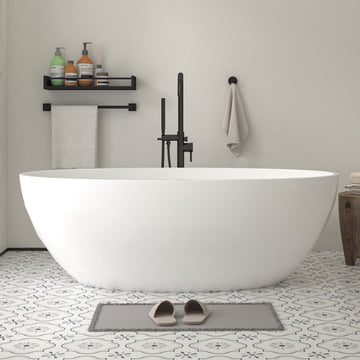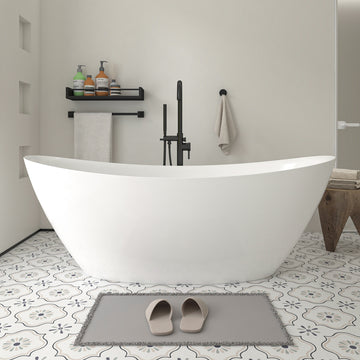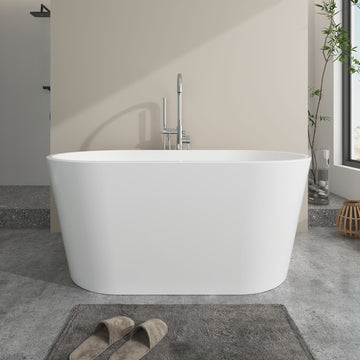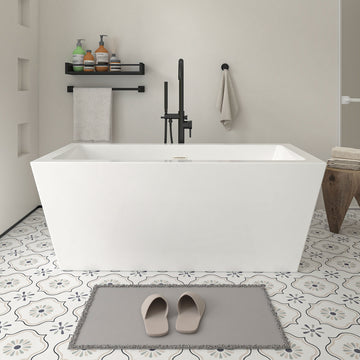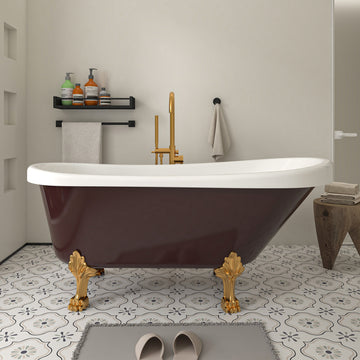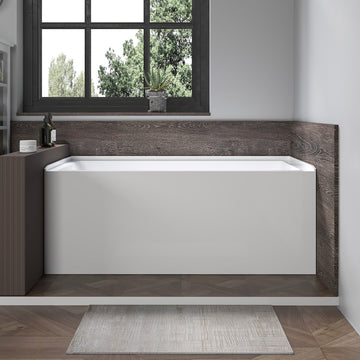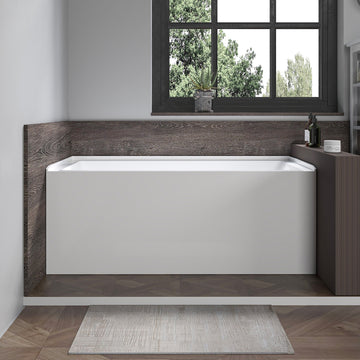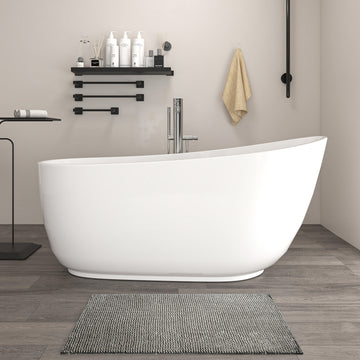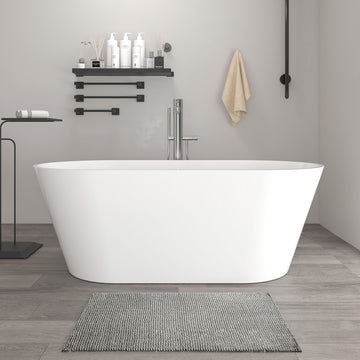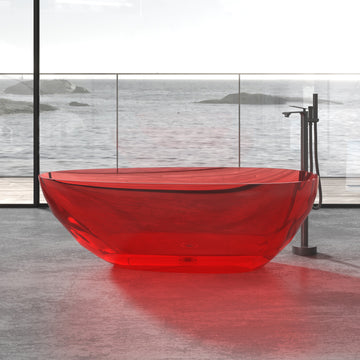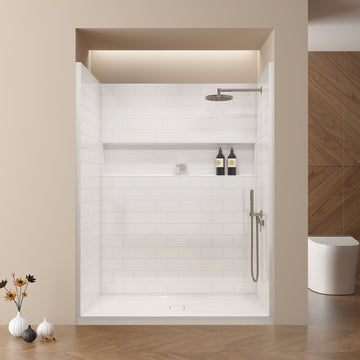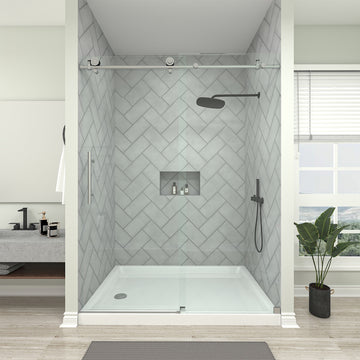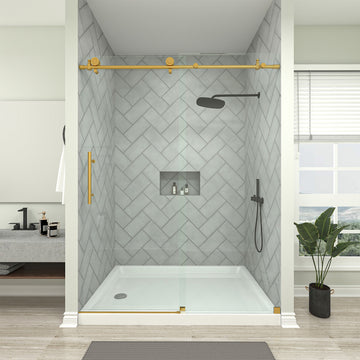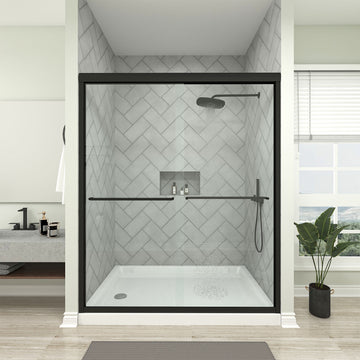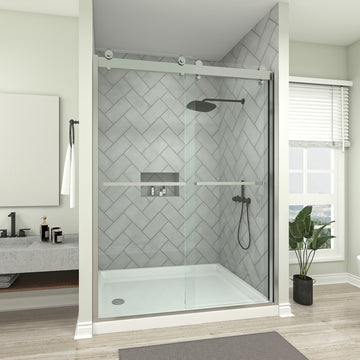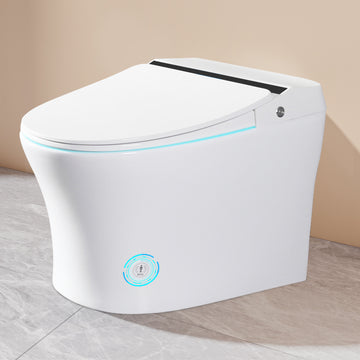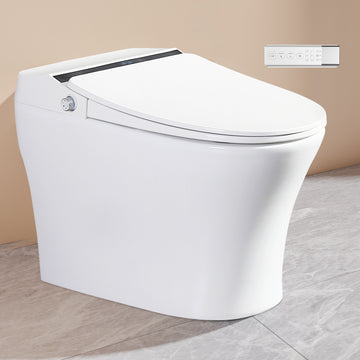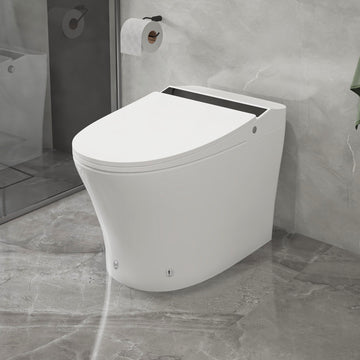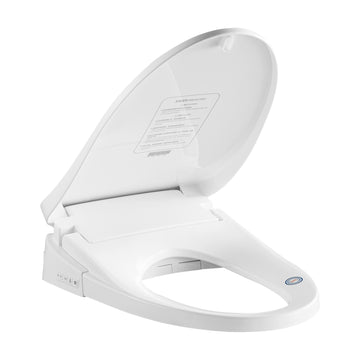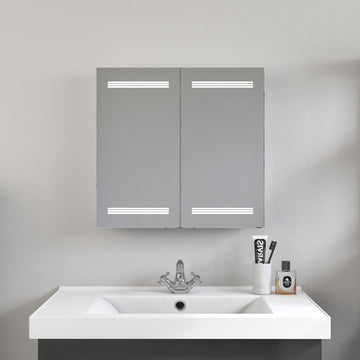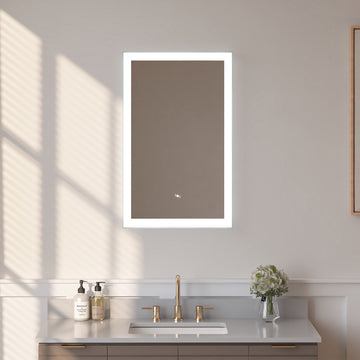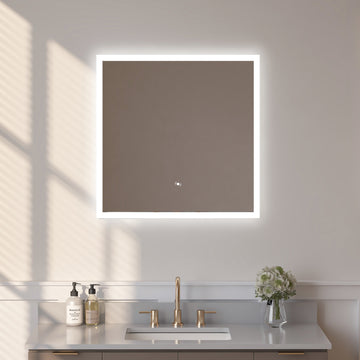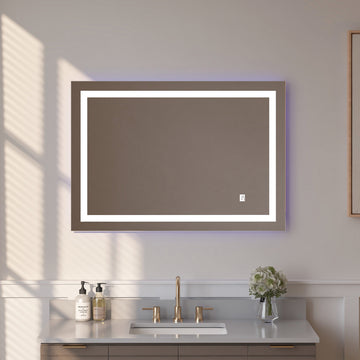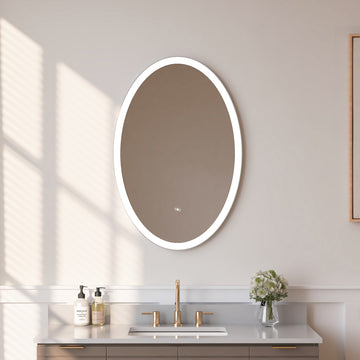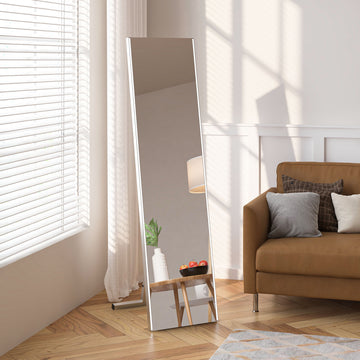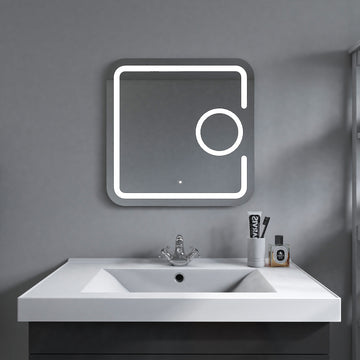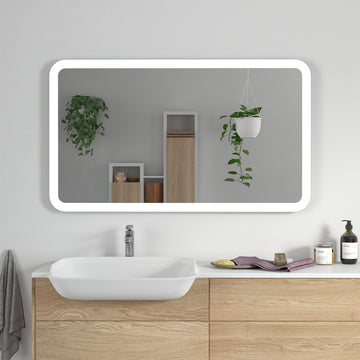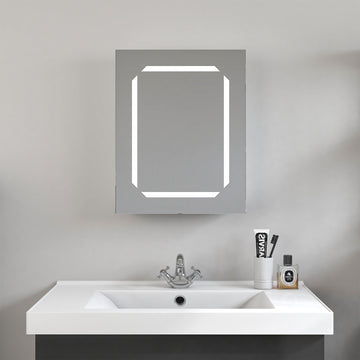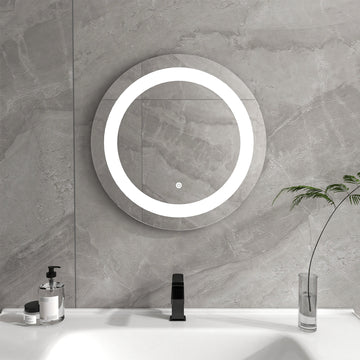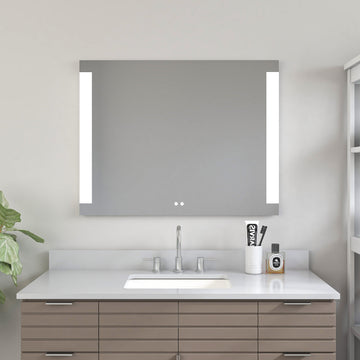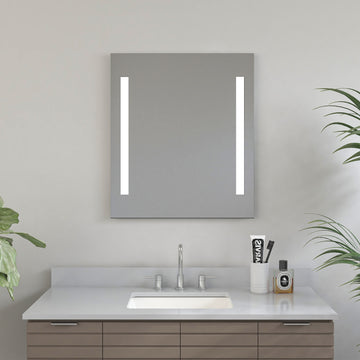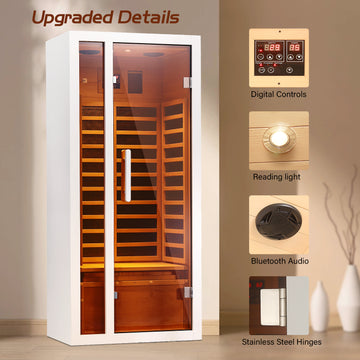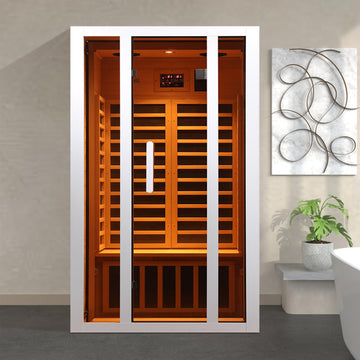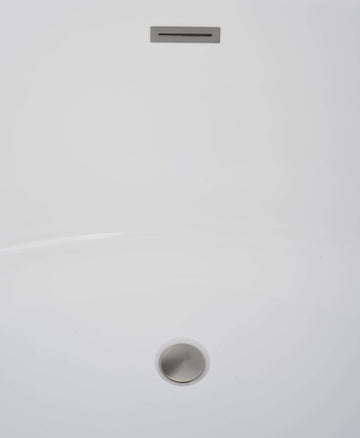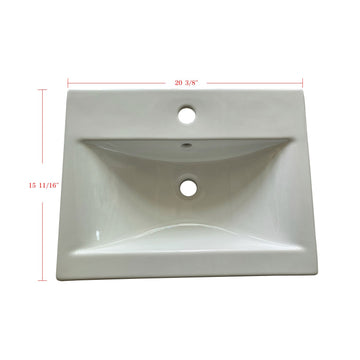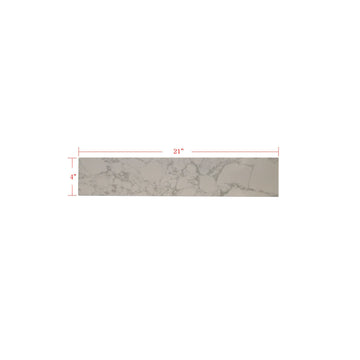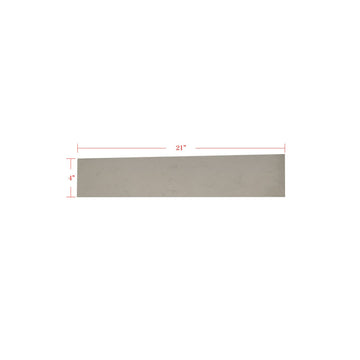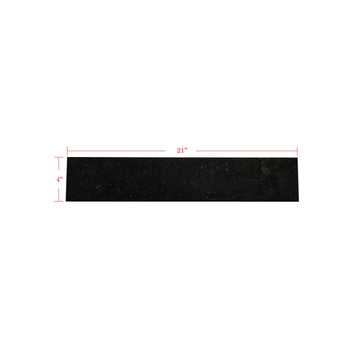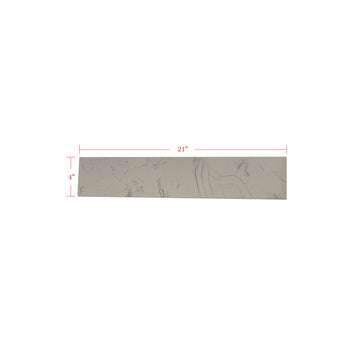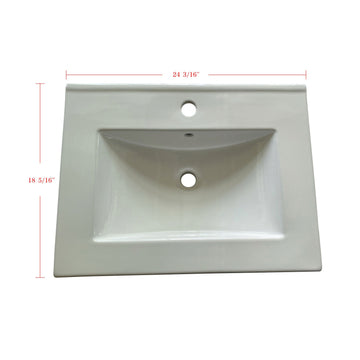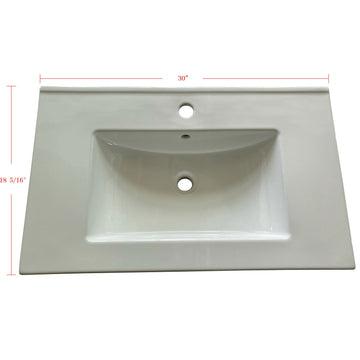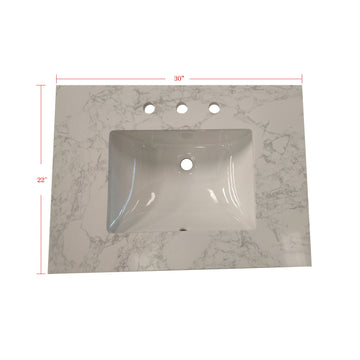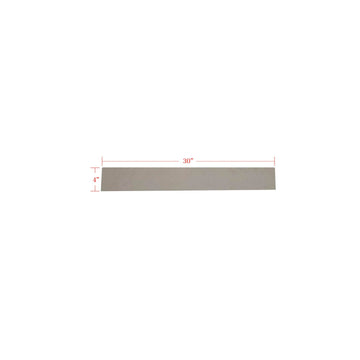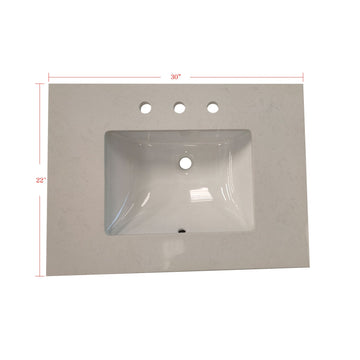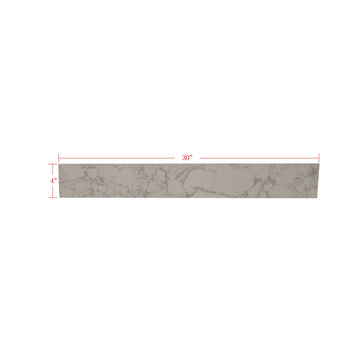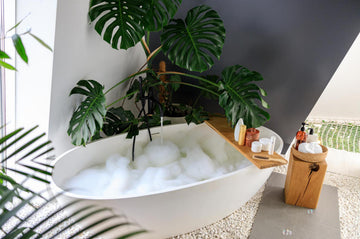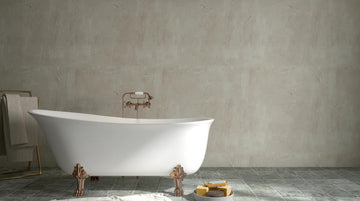A traditional bathtub can transform your bathroom into a relaxing retreat. These classic tubs have been popular for hundreds of years. They offer more than just a place to wash. They create a space where you can unwind after a long day.
Maybe you're fixing up an old house. Or perhaps you just love the vintage look. Either way, traditional bathtubs add style and comfort to any bathroom. They bring a touch of luxury that modern designs often miss.
But what makes a bathtub "traditional"? How are they different from newer models? And should you choose one for your home?
This guide will explore everything about traditional bathtubs. We'll look at their history, designs, and why people still love them today. From fancy clawfoot tubs to simple soaking baths, you'll learn what makes these fixtures special. You'll also discover why homeowners keep choosing them year after year.
What are the design of traditional bathtubs
Key design features
-
Freestanding structure without wall support
-
Decorative feet (clawfoot, ball-and-claw, or pedestal)
-
Roll-top edges for comfort
-
Slipper backs for ergonomic support
-
Standard length: 55-72 inches
-
Width: 30-40 inches
-
Depth: 14-20 inches
-
Smooth, curved exterior lines
Traditional bathtubs have distinct design features that set them apart from other styles. The most recognizable is the freestanding structure. Unlike built-in tubs, traditional bathtubs stand alone without needing wall support. They become the focal point of any bathroom.
The classic clawfoot tub remains the most iconic traditional bathtub design. These tubs feature decorative feet that lift the basin off the floor. The feet often resemble animal claws, though some have ball-and-claw or simple pedestal designs. The raised position makes cleaning underneath easier and creates an elegant appearance.
Roll-top tubs are another common traditional design. These feature smooth, curved edges that roll over at the rim. The rounded edges make getting in and out more comfortable. Many roll-top tubs combine with clawfoot bases for a classic Victorian look.

Slipper tubs have one raised end that slopes upward. This design supports your back while bathing. The raised backrest makes long soaks more comfortable. Double slipper tubs have both ends raised, allowing two people to bathe comfortably.
Traditional bathtubs typically measure between 55 and 72 inches long. Most are 30 to 40 inches wide. The depth ranges from 14 to 20 inches. Deeper tubs allow for full-body soaking, which many people prefer.
The exterior often features smooth, curved lines. Some have decorative details like fluted sides or embossed patterns. These design elements add visual interest without being too ornate.
What are traditional bathtubs usually made of
The story of traditional bathtub materials reads like a journey through time. Early bathtubs in ancient civilizations used whatever was available. The Greeks carved tubs from stone. The Romans preferred bronze and lead. These materials were durable but incredibly heavy and expensive.
Cast iron became the standard for traditional bathtubs in the 1880s. The Kohler Company produced the first cast iron bathtub in 1883. It weighed over 300 pounds empty. Cast iron tubs gained popularity because they retained heat well. A hot bath stayed warm for longer periods. The material was also incredibly durable. Many cast iron tubs from the 1900s still function today.
Manufacturers coat cast iron tubs with porcelain enamel. This glossy finish resists stains and scratches. The enamel comes in various colors, though white remains most popular. The coating process involves applying powdered glass to the iron surface. Then they fire it at high temperatures. This creates a smooth, non-porous surface.
Copper bathtubs appeared in wealthy homes during the Victorian era. These tubs were handcrafted by skilled artisans. Copper naturally kills bacteria, making it hygienic. The metal also conducts heat efficiently. However, copper tubs required regular polishing to maintain their shine. They were expensive and considered luxury items.
Fireclay emerged as another option in the early 1900s. This ceramic material is molded and fired at extremely high temperatures. The result is a solid, durable tub. Fireclay tubs are lighter than cast iron but heavier than modern acrylic. They resist chips and scratches better than most materials.
Some traditional bathtubs used wood, particularly in Japan and Scandinavia. Cedar and teak were popular choices. These woods naturally resist water damage and bacteria. Wooden tubs required careful maintenance but provided a unique bathing experience.
Traditional bathtub vs. modern bathtub
The differences between traditional and modern bathtubs run deeper than appearance. Traditional bathtubs represent craftsmanship and permanence. Modern tubs prioritize efficiency and convenience. But do these differences actually matter?
Weight changes everything. A cast iron traditional bathtub weighs 300-500 pounds empty. Add water and a person, and you're looking at 1,000 pounds. Your floor joists need reinforcement. Moving requires multiple people and special equipment. Modern acrylic tubs weigh 60-100 pounds. One person can carry them. Standard floors support them without modification.
Longevity tells different stories. Traditional bathtubs from the 1920s still function perfectly today. The materials age gracefully. Scratches and wear add character. Modern tubs last 10-20 years on average. They show age through yellowing, cracking, and surface damage. Replacement becomes necessary, not optional.
The bathing experience differs. Traditional bathtubs offer deeper soaking depths. The cast iron stays silent - no flexing or creaking sounds. Water temperature remains stable. Modern tubs may flex underfoot. They amplify sound when filling. The shallow depth limits full-body immersion.
But similarities exist too. Both types hold water. Both get you clean. Both can look beautiful in the right setting. The fundamental purpose remains unchanged. Only the execution differs.
Traditional bathtub vs other types of bathtub
Traditional bathtubs compete with several modern alternatives. Each type serves different needs and preferences.
Traditional vs. Drop-in Tubs: Drop-in tubs mount into a platform or deck. They offer flexibility in surround materials. Traditional bathtubs stand alone without custom construction. Drop-ins cost less initially but require carpentry work. Traditional tubs install faster but cost more upfront.
Traditional vs. Alcove Tubs: Alcove tubs fit between three walls. They maximize space in small bathrooms. Traditional bathtubs need open floor space. Alcove tubs cost 400−400-400−1,500 installed. Traditional tubs start at $2,500 with installation. Alcove tubs suit modern homes. Traditional tubs fit period renovations.
Traditional vs. Walk-in Tubs: Walk-in tubs feature doors for easy entry. They serve elderly or mobility-impaired users. Traditional bathtubs require stepping over high sides. Walk-ins include safety features like grab bars and seats. Traditional tubs offer deeper soaking but less accessibility.
Traditional vs. Whirlpool Tubs: Whirlpool tubs have jets for hydrotherapy. They need electrical connections and pumps. Traditional bathtubs provide simple soaking without mechanical parts. Whirlpools require regular cleaning to prevent bacteria. Traditional tubs need basic maintenance only.
Traditional vs. Japanese Soaking Tubs: Japanese soaking tubs are deeper but smaller in footprint. They're designed for upright soaking. Traditional bathtubs allow reclining. Japanese tubs use less water despite greater depth. Both styles work as freestanding units.
Traditional bathtub in the US and in other cultures/countries

Traditional bathtubs mean different things across cultures. What Americans call traditional differs vastly from Japanese or European interpretations.
-
United States: The American traditional bathtub traces back to the Victorian era. Clawfoot tubs symbolize luxury and nostalgia. They appeared in wealthy homes first, then spread to the middle class by 1900. The style peaked in the 1920s before declining during the Depression. Today, they represent vintage charm and historical authenticity.
-
Japan: The ofuro represents Japan's traditional bathtub. These deep, wooden soaking tubs serve a different purpose than Western baths. Users wash outside the tub first, then soak in clean, hot water. The tubs are smaller but deeper - often 24 inches deep. Cedar and hinoki cypress are preferred woods. The practice dates back over 1,000 years.
-
United Kingdom: British traditional bathtubs evolved from tin baths to cast iron designs. The roll-top tub became the British standard. These featured high backs and rolled edges. British bathrooms often kept the tub separate from the toilet - a practice that continues today. Shorter tubs (5 feet) were common due to smaller room sizes.
-
France: The French bateau bathtub (boat bath) defines their traditional style. These tubs have high, curved sides that resemble boat hulls. They're typically made from cast iron with elaborate feet. French designs emphasize elegance over practicality. The tubs often feature hand-painted designs or gold leaf details.
-
Turkey: The Turkish hamam tradition influences their bathtub designs. Traditional Turkish baths use marble basins rather than tubs. These shallow basins allow for pouring water over the body. Modern Turkish homes blend this tradition with Western-style tubs, creating unique hybrid designs.
Traditional bathtubs are still in style
The choice between traditional and modern styles really just depends on your priorities.
Choose a traditional bathtub if you value durability and classic aesthetics. These tubs last generations with proper care. They add value to period homes and create focal points in master bathrooms. The superior heat retention enhances long, relaxing soaks.
Skip traditional bathtubs if you have limited space or budget. The weight requires floor reinforcement in many homes. Installation costs run higher than modern alternatives. Small bathrooms may feel overwhelmed by their presence.
Traditional bathtubs represent an investment in quality and style. They transform bathrooms from purely functional spaces into personal retreats. Whether you choose cast iron, copper, or modern alternatives, understanding traditional bathtub design helps you make an informed decision.
The enduring appeal of traditional bathtubs proves that good design transcends trends. In a world of disposable products, these tubs stand as monuments to lasting craftsmanship.
FAQs
How much does a traditional bathtub cost?
Traditional bathtubs range from $1,200 to $5,000 for quality models. Cast iron tubs cost more than acrylic reproductions. Antique tubs can reach $10,000. Installation adds $1,000 to $3,000 depending on plumbing modifications needed.
Can my floor support a traditional bathtub?
Most modern floors need reinforcement for cast iron traditional bathtubs. The total weight with water and a person can exceed 1,000 pounds. Consult a structural engineer or contractor. First-floor installations on concrete slabs pose fewer concerns.
How do I clean a traditional bathtub?
Use mild dish soap and warm water for regular cleaning. Avoid abrasive cleaners on porcelain enamel surfaces. Baking soda removes stubborn stains. Cast iron tubs need immediate drying to prevent rust spots. Never use bleach on restored antique finishes.
Are traditional bathtubs comfortable?
Traditional bathtubs vary in comfort. Slipper tubs provide excellent back support. Standard clawfoot tubs may feel less ergonomic than modern designs. The cast iron stays cold initially but retains heat longer once warmed. Adding a bath pillow improves comfort.
What's the best traditional bathtub material?
Cast iron remains the gold standard for durability and heat retention. Copper offers antimicrobial properties and unique aesthetics. Acrylic reproductions provide the look without the weight or cost. Choose based on budget, floor strength, and maintenance preferences.
